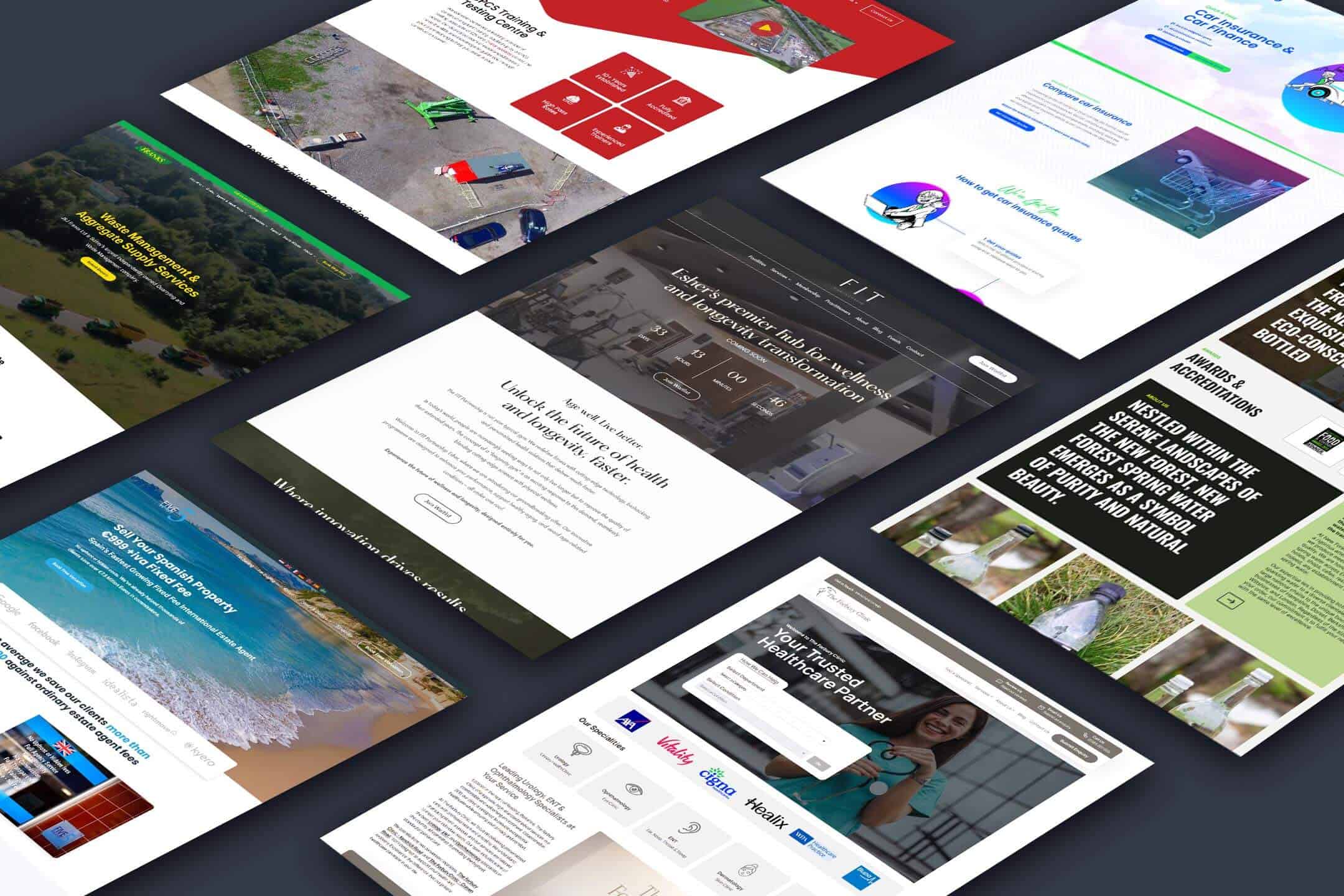In today’s tech-driven world, where mobile devices have become an integral part of daily life, the significance of mobile-friendly design cannot be overstated. With a vast number of users accessing websites and mobile applications on their smartphones and tablets, optimising for the small screen has become a critical aspect of modern web design strategies. This shift towards mobile-first design emphasises the need for websites and mobile applications to deliver seamless, intuitive experiences that cater to users on the go. In this blog, we delve into key strategies for optimising mobile design to enhance usability, engagement, and overall user satisfaction. By prioritising mobile responsiveness and user-centric design principles, businesses can ensure that their digital presence thrives in an increasingly mobile-centric landscape.
Understanding Mobile User Behaviour
Mobile user behaviour is characterised by unique patterns and expectations that designers must consider when optimising for mobile devices. Users on mobile platforms often exhibit behaviours such as quick information consumption, scrolling through content, and tapping for interactions. Designing with a mobile-first mindset is essential to meet these expectations effectively.
Touch interactions play a significant role in mobile usability, requiring designs that are conducive to easy tapping, swiping, and gesturing. Design elements must be appropriately sized and spaced to accommodate touch inputs and ensure a seamless user experience.
Limited screen space on mobile devices necessitates concise and focused content presentation, with an emphasis on prioritising key information for easy access. Designing for compact screens requires thoughtful layout and hierarchy to prevent clutter and optimise usability.
Variable network conditions further emphasise the need for mobile optimisation, as users may encounter slow loading times or intermittent connectivity. By optimising for performance and efficiency, designers can ensure that mobile experiences remain accessible and responsive across different network conditions. Understanding and adhering to these mobile user behaviours and considerations are essential for creating engaging, user-friendly mobile web design and mobile applications that meet the needs and expectations of modern mobile users.

Key Principles of Mobile Design
When it comes to mobile design, adhering to key principles can significantly enhance usability and elevate the overall user experience. Simplicity is paramount, focusing on clear and uncluttered designs that streamline navigation and minimise distractions. Emphasise concise content and visuals that deliver information effectively without overwhelming the user.
Navigation plays a critical role in mobile design, requiring intuitive and easy-to-use interfaces that guide users seamlessly through the app or website. Incorporating elements like hamburger menus and thumb-friendly design ensures effortless interaction and smooth navigation flow.
Speed is another crucial aspect of mobile design, with a focus on optimising for fast loading times. By prioritising optimised images, minimalistic design choices, and efficient coding practices, designers can create mobile experiences that are responsive and performant, reducing friction and enhancing user satisfaction. By embracing these key principles of simplicity, navigation, and speed, designers can craft mobile designs that are user-centric, engaging, and optimised for the fast-paced world of mobile browsing.
Responsive vs. Adaptive Design
Responsive and adaptive design are two distinct approaches to creating mobile-friendly websites, each with its own advantages and considerations. Responsive design involves using fluid grids and flexible layouts to ensure that a website adapts smoothly to different screen sizes and devices. Adaptive design, on the other hand, involves creating multiple fixed layout sizes tailored to specific screen sizes or devices.
Responsive design is ideal when a website needs to adjust seamlessly to various screen sizes and orientations, providing a consistent user experience across devices. It is recommended for websites with a focus on content and user engagement, as it offers a more flexible and future-proof solution for evolving device sizes.
Adaptive design, on the other hand, is beneficial for precise control over the layout and content presentation on specific devices. This approach allows for a more customised user experience but requires creating distinct layouts for different device categories. It is a suitable choice when targeting specific devices or when the design and content vary significantly based on the device.
The benefits of responsive design include its versatility and scalability, providing a fluid user experience across a wide range of devices. However, responsive design can sometimes result in slower loading times, especially on larger websites with complex layouts. Adaptive design, while offering more control over specific device designs, can be more time-consuming to develop and maintain due to the creation of multiple layout versions.
The choice between responsive and adaptive design depends on the specific needs and goals of a website. Responsive design is ideal for websites focusing on flexibility and user experience consistency across devices. Adaptive design is suitable for projects that require precise control over device-specific layouts and user experiences. Understanding the differences between responsive and adaptive design is essential in selecting the most appropriate approach based on the unique requirements of the project.

Leveraging Mobile-Specific Features
Mobile devices come equipped with a range of unique functionalities that can be harnessed to enhance user experience and engagement on websites and mobile applications. Features such as geolocation, accelerometers, and cameras can be seamlessly integrated into design to offer personalised and interactive experiences for users.
Geolocation functionality allows websites and apps to provide location-based services, such as customised content based on a user’s current location or recommendations tailored to their vicinity. Accelerometers can be utilised to create interactive elements that respond to device motions, enabling engaging interactions like parallax scrolling or motion-triggered animations. Incorporating camera access in design allows for features like augmented reality experiences, barcode scanning, or camera-based interactions that enhance user engagement and interactivity.
By leveraging these mobile-specific features strategically in design, designers can create immersive and personalised user experiences that cater to the unique capabilities of mobile devices. Integrating geolocation, accelerometers, and cameras can add a layer of interactivity and personalisation to websites and mobile applications, enhancing user engagement and distinguishing the user experience on mobile platforms.
Testing and Optimising Mobile Design
Continuous testing and optimisation are essential practices in ensuring the effectiveness and success of mobile designs. Regular testing allows designers to identify areas for improvement, gauge user interactions, and refine the user experience to meet evolving user needs and preferences. A variety of tools and methods, such as A/B testing and gathering user feedback, can provide valuable insights into user behaviour and preferences.
A/B testing enables designers to compare different design variations and determine which resonates best with users. User feedback, collected through surveys or usability testing, offers direct insights from users on their experiences and preferences. Additionally, leveraging analytics tools allows designers to track user engagement metrics, such as time spent on site and click-through rates, and monitor conversion rates to identify opportunities for design optimisation. By continuously testing, gathering user feedback, and analysing data, designers can refine mobile user experiences, enhance usability, and drive user engagement and conversions.
Elevating User Experience: Thriving in the Mobile-First Era
In today’s digital landscape, prioritising mobile design is essential for fostering user engagement and satisfaction. By optimising mobile platforms, businesses can create seamless and enjoyable experiences for users, ultimately driving increased engagement and loyalty. It is crucial for businesses to adopt these strategies to ensure their mobile platforms are finely tuned to deliver the best possible user experience, leading to sustained success and growth in the mobile-oriented market.




